Travelling light is a good thing, as long as you don’t wait until you have nothing clean left to wear, and places to go!
Fortunately, last night, I had a pretty new skirt to wear to dinner. En route to meeting The New Yorker at Café Panis, on the left bank, left me a few minutes to test out the tripod and long exposure.
Travelling light today, was not an option, armed with camera, lenses and tripod. I headed out to the high roads and low roads of Paris.
I have often wondered why some streets in Paris, have one side higher than the other. In some extremes, you need to climb or descend steps to move from one part of the street to the other, sometimes the roads rise and fall.
Topographical evidence shows streets and buildings, were built upon, what were the old city walls of Paris or upon the ditches on either side of the walls.
With the aid of a great little book, Secret Paris, I designed a walk around the 1st, 2nd, 3rd, 4th and 10th arrondissements, taking in these areas and adding a few things of interest to me, along the way.
Wanting to take a quick look at how the renovations are progressing at Les Halles, I started my walk, skirting around the area to get to St Eustache.
The Les Halles area, was once the location of the large, central markets of Paris. The markets were moved, much to public outcry, to make way for the ugly 1980’s underground shopping centre. It is now an even bigger mess as major renovations continue.
The gothic church beside Les Halles, St Eustache, shows evidence of past worshippers with fruit and vegetable ornamentation. St Eustache is where Louis XIV received his communion, Madame de Pompadour was baptised and Mozart had his mother’s funeral here.
Continuing on, I arrived at Place des Victories, to photograph the equestrian statue in the centre of the large roundabout. I haven’t quite worked out what is going on but this is the second equestrian statue I have seen on this visit to Paris, the other being Henri IV, that has a lanyard around it’s neck. I’m am not sure if it is some kind of installation or protest. I’m curious if I will come across more during my journeys.
Around the corner is Notre Dame des Victories, it has 37,000 ex-votos attached to the walls, ceilings and every nook and cranny. The thousands of marble plaques expressing gratitude add to the quiet atmosphere in this pretty church. Continuing on past La France Journal du Soir, is Café Croissant, where, in 1914, Jean Jaures, the French socialist leader was assassinated. Apparently there is still a stain from his blood on a table, but I decided, a cafe creme was all I needed to see in there.
Along Rue Réaumur are some interesting building façades, which without knowing, you would assume, are new extensions, which in a sense they are, except they were added in 1897, after new planning regulations were put in place. This meant that roofs could be extended and bay windows could be added to the stone façades. Quite a few architects one prizes for these additions.
In fact, the architecture along Rue Reaumur, is so good, I could have spent the whole day there.
However, it was time to find some high roads and low roads and one of these is the smallest street in Paris, Rue des Degres.
After climbing the steps of what, I suppose was once, was the rampart; turning right offered views of Porte Saint-Denis, an old door to the city and left, a quaint street view and more evidence of the rise of the wall.
Walking down to Porte Saint-Denis and the Boulevard de Bonne Nouvelle, showed more evidence of the different levels in the street.
I couldn’t resist photographing the detail of a beautiful door along the way.
Entering Rue d’Aboukir was dangerous, it was filled with fashion shops. A dress in the window, pleaded me to buy it. This wasn’t on the agenda, but what is a girl to do? Yes I bought it.
The oldest and longest covered passageway in Paris; Passage du Caire, is a little worse for wear. Being New Year’s Eve, all the shops within were closed, and although the glass ceiling could do with some repair, it was still a nice, surprising sight.
I often remind people when they are travelling, not to forget to look up and look behind. Had I not followed my own rule of thumb, I would have missed the unusual Egyptian façade, at the other end of the passageway, as I was leaving.
Without realising it, when I headed out this morning; many shops were closed around this area, due to New Year’s Eve, it turned out to be a good thing. I didn’t have to struggle through the multitude of tourists that have descended upon Paris this year.
Winding my way through nearby passageways of Passage Lemoine and Passage Ponceau, I wondered if the same would be for the prostitutes that are said to line Rue Blondel. Would they have also taken the day off?
As I turned the corner, I encountered a large woman dressed in an equally large, bright red fur coat, mini skirt, red stilettos and bright red lipstick. No, I guess they didn’t take the day off today.
I knew from reading about Rue Blondel, taking photos in the street, was a bit of a risk. But she looked so spectacular, standing out the front of her establishment, how could I grab a sneaky photo. Then as I composed a shot of a doorway, sans prostitute, as if by some outer force, my memory card was full.
After around 250 shots in one day, I decided to call it a day and dragged myself back to the apartment within the city walls, on flat streets.

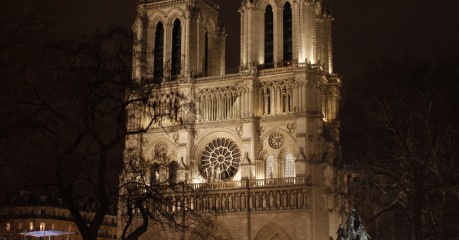
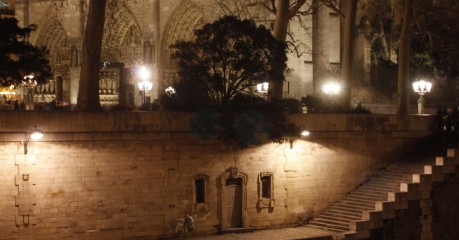
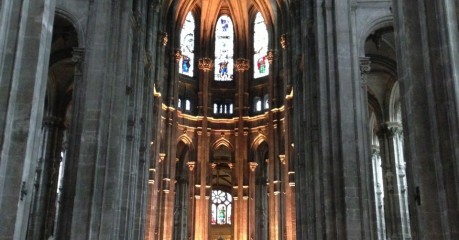
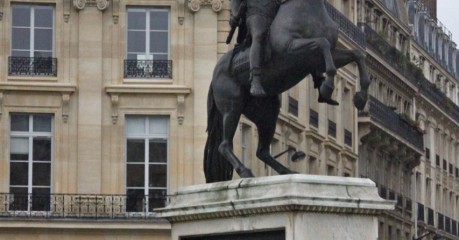
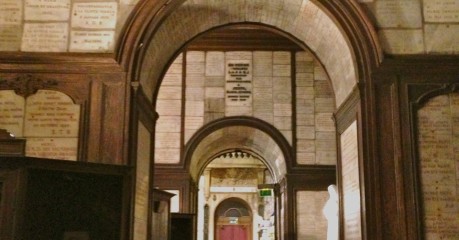
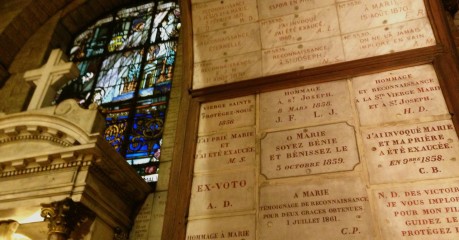

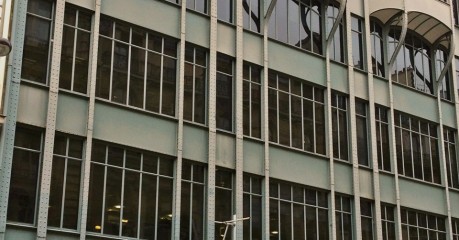
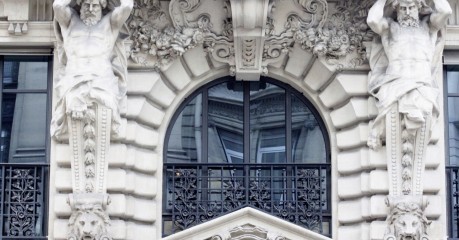
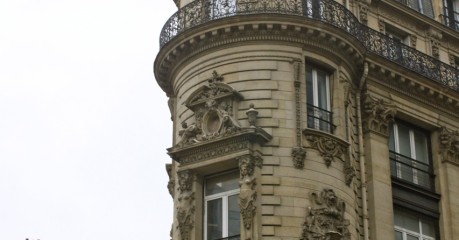
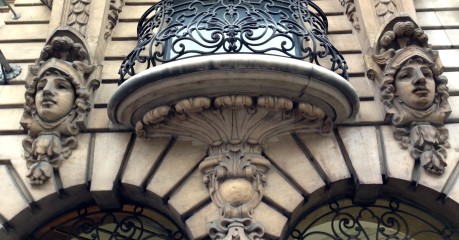

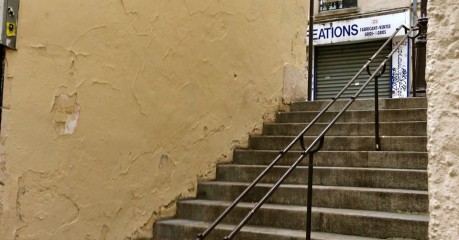
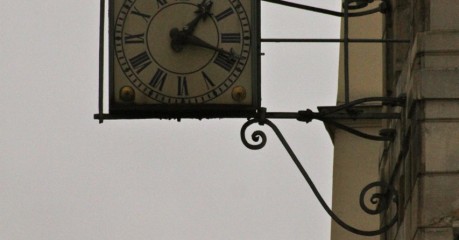
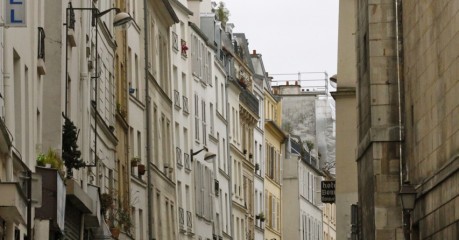
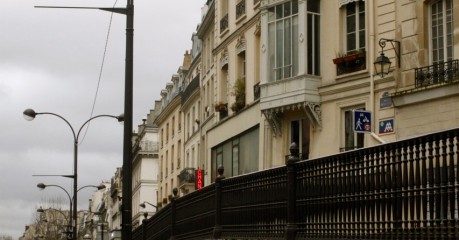
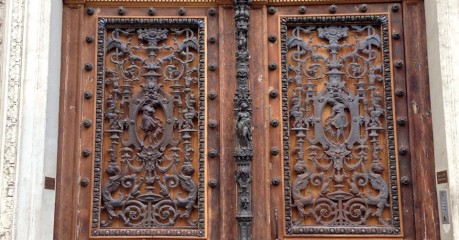


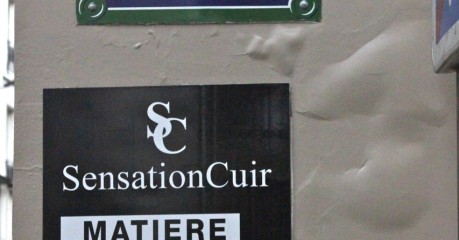
7 Responses to Taking the High Roads and Low Roads of Paris